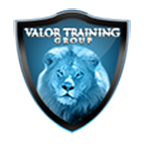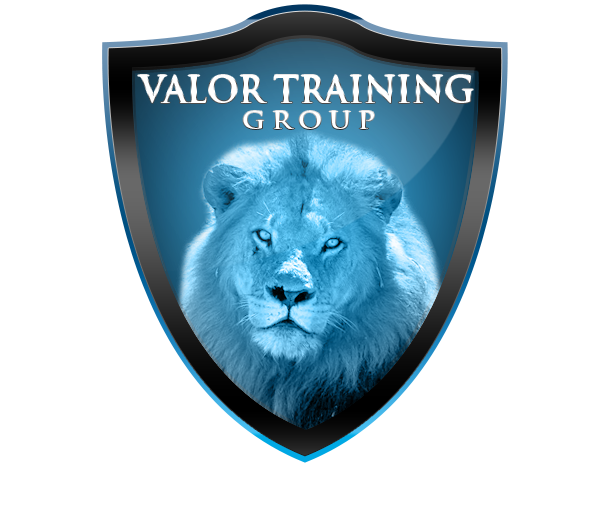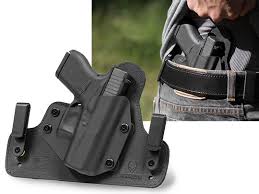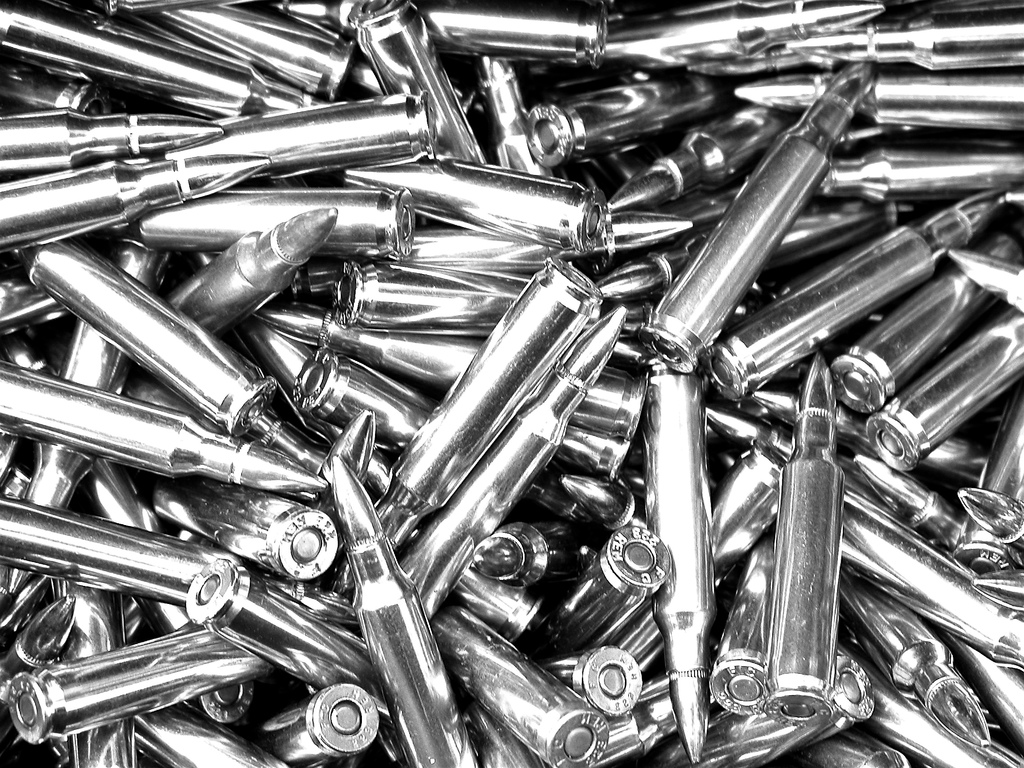Training:
Why do you need training? “All I need to do is flick the safety, right?” No, it really comes down to being responsible. Would you go to the surgeon who’s training consisted of just picking up the scalpel and nothing further when your life depends upon it? No different than with a firearm, that firearm can take a life just as fast it not faster than a botched surgery.
Let’s look at it like this… When was the last time you fired your firearm under duress… and no that large 6 point buck doesn’t count! Under duress, means that there was a malfunction, or your magazine ran out of ammo and now time is of essence, you need to move to cover, or you just had to defend your life.
Upon completing a basic handgun course, many students are eager to obtain additional training…at least that is what they say at the end of the class. Unfortunately, so few of them follow-up and take that course.
Most firearms instructors use a building-block approach to teaching shooting skills. Most basic handgun classes, whether they are for concealed carry or just general handgun knowledge, cover firearms safety and the fundamentals of shooting—grip, stance, sight-alignment/sight-picture, hold control, breath control, trigger control, and follow-through. These are the foundations that all other shooting classes build upon. Therefore, students must be proficient in the fundamentals as a prerequisite for attending any advanced classes.
Advanced classes however, are designed to “stress” you by “pushing” you to do things that you do not necessarily think you can do. This usually comes in the form of reducing the amount of time to deliver an accurate hit on the target, forcing an ammunition shortage or a malfunction drill, reducing the size of the target you must hit, and/or changing the distance from the target.
But what’s expected during advanced handgun training? Each instructor has a different structure, but generally the following topics are covered during an advanced class:
- Shooting positions (standing, sitting, kneeling, crouching, prone, etc.)
- Different grips (two-handed, one-handed both strong hand and weak hand)
- Reloading techniques
- Clearing malfunctions
- Drawing from a holster during open carry and concealed carry
- Movement before shooting (left, right, forward, back, diagonal)
- Moving while shooting (left, right, forward, back, diagonal)
- Shoot/ No Shoot
- Shooting at multiple targets
- Shooting multiple distances
- Shooting at moving targets
- Utilizing barricades
- Use of cover and concealment
- Situational/threat awareness
Some instructors may include additional topics, like low light, self-defense or scenarios, and they may divide their advanced training into multiple offerings so students can absorb the new information before moving on.
The simplest thing to remember is that training is just about learning concepts and developing muscle memory. Anyone who tells you otherwise is just trying to legitimize why their courses are so expensive. Good instructors make everything very simple, because it is very simple.



